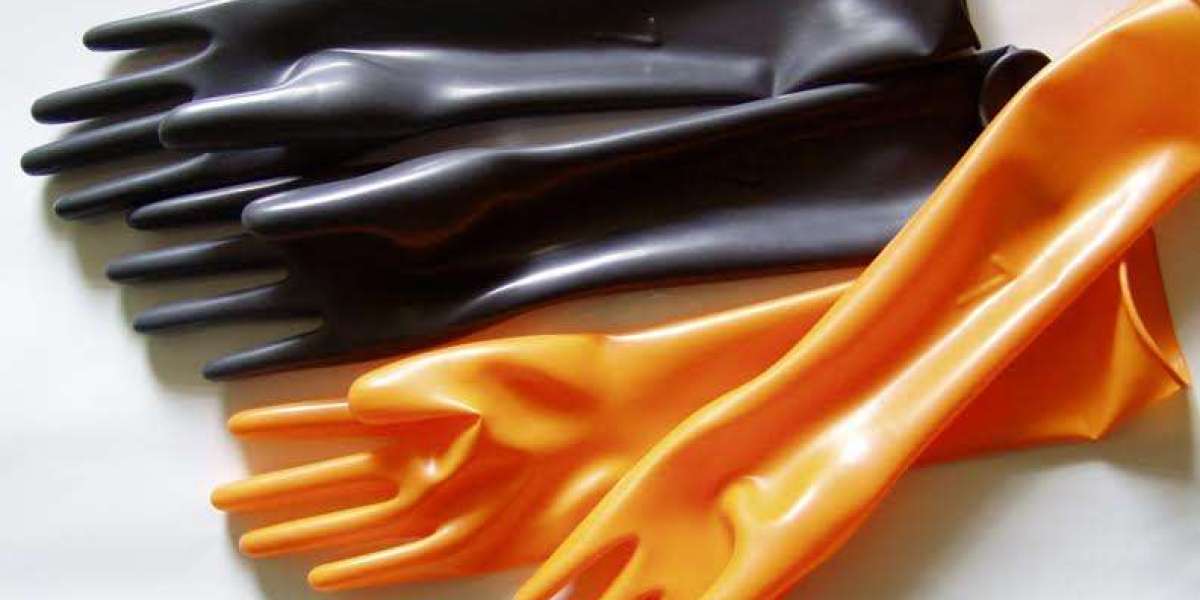The Role of Latex Gloves in Ensuring Safety in Automated Manufacturing
Introduction
In the rapidly evolving landscape of automated manufacturing, ensuring worker safety and maintaining product integrity are paramount. As industries shift towards automation, human operators still play a crucial role in overseeing, maintaining, and interacting with machines. One essential component in safeguarding both employees and products is the use of latex gloves. These gloves provide a reliable barrier against contaminants, chemicals, and mechanical hazards, thereby enhancing workplace safety and efficiency.
The Importance of Safety in Automated Manufacturing
Automated manufacturing processes involve high-speed machinery, precision operations, and sometimes hazardous materials. The presence of human workers in such environments necessitates stringent safety measures to prevent injuries, contamination, and equipment damage. Safety protocols in automated settings focus on minimizing direct human contact with hazardous materials, maintaining sterility, and preventing mechanical injuries. Latex gloves play a significant role in achieving these safety goals by offering protection against multiple risks.
Protection Against Chemical Hazards
According to a Latex Gloves Market report, the industry is expected to grow significantly in the coming years.
Many automated manufacturing processes involve the use of chemicals, lubricants, and cleaning agents that can be harmful to human skin. Latex gloves provide an effective barrier against various substances, preventing chemical burns, skin irritation, and long-term health issues. Their chemical resistance makes them particularly useful in industries such as pharmaceuticals, electronics, and food processing, where exposure to harmful substances is a concern.
Preventing Contamination in Precision Manufacturing
In high-precision industries such as electronics and pharmaceuticals, maintaining a sterile environment is critical. Contaminants like dust, oils, and bacteria from human hands can compromise product quality and lead to defects. Latex gloves help prevent contamination by creating a protective layer that keeps surfaces clean and free from unwanted particles. This is particularly vital in microelectronics manufacturing, where even the smallest contaminant can disrupt delicate circuits and components.
Enhancing Worker Safety in Mechanical Operations
While automation reduces the need for manual intervention, workers still perform tasks such as machine maintenance, quality control, and product handling. These tasks expose them to mechanical hazards, including sharp edges, rotating parts, and high temperatures. Latex gloves provide a degree of protection against minor cuts, abrasions, and burns. Although they are not a substitute for heavy-duty protective gear, they add an extra layer of defense in environments where precision and dexterity are required.
Comfort and Dexterity for Workers
One of the key advantages of latex gloves is their flexibility and snug fit, which allows workers to perform intricate tasks with ease. Unlike bulky protective gloves, latex gloves provide high tactile sensitivity, enabling workers to handle small components, operate touch screens, and manipulate delicate instruments without losing control. This is particularly beneficial in industries such as medical device manufacturing, biotechnology, and semiconductor production, where precision is essential.
Cost-Effectiveness and Accessibility
Latex gloves are widely available and cost-effective, making them a practical choice for large-scale industrial use. Their affordability ensures that companies can maintain high safety standards without incurring excessive expenses. Additionally, latex gloves are disposable, reducing the risk of cross-contamination and ensuring that fresh gloves can be used as needed to maintain hygiene and safety standards.
Compliance with Industry Regulations
Various regulatory bodies, such as the Occupational Safety and Health Administration (OSHA) and the Food and Drug Administration (FDA), mandate the use of protective gloves in specific industries. Latex gloves help companies comply with these safety and hygiene regulations, reducing the risk of legal issues and ensuring a safe working environment. By adhering to industry standards, manufacturers can avoid penalties and enhance their reputation for maintaining high safety protocols.
Environmental Considerations and Alternatives
Despite their benefits, latex gloves pose environmental challenges due to their disposability and potential for latex allergies among workers. To address these concerns, many companies are exploring biodegradable latex options and alternative materials such as nitrile and vinyl. These alternatives offer similar protective qualities while reducing environmental impact and accommodating workers with latex sensitivities.
The Future of Latex Gloves in Automated Manufacturing
As automation continues to advance, the role of latex gloves in manufacturing is expected to evolve. Innovations in glove materials and designs are likely to improve durability, sustainability, and functionality. Additionally, the integration of smart gloves with sensors and anti-static properties may further enhance worker safety and efficiency in automated environments. The future of protective gloves lies in balancing safety, cost-effectiveness, and environmental responsibility.
Latex gloves play a crucial role in ensuring safety in automated manufacturing by protecting workers from chemical exposure, preventing product contamination, and enhancing mechanical safety. Their affordability, comfort, and compliance with industry regulations make them a valuable asset in various industries. As manufacturing processes continue to advance, the development of more sustainable and specialized gloves will further improve workplace safety and efficiency. Companies that prioritize the use of high-quality protective gloves will not only enhance worker well-being but also maintain product integrity and regulatory compliance, ultimately contributing to a safer and more productive manufacturing environment.







